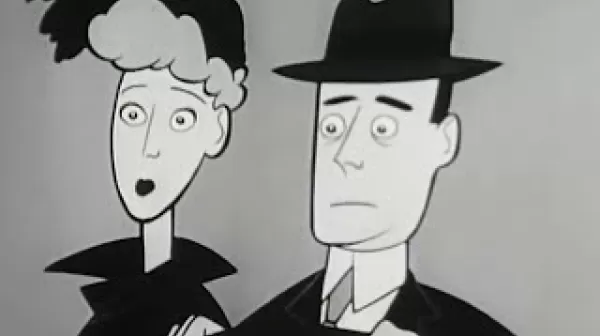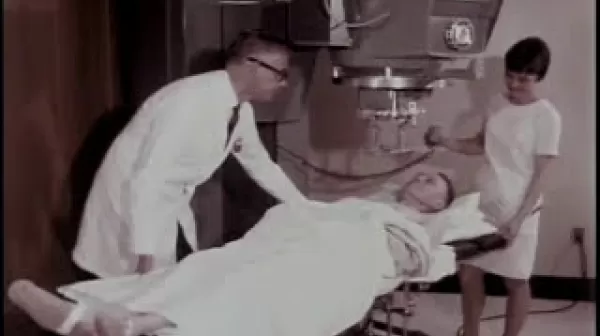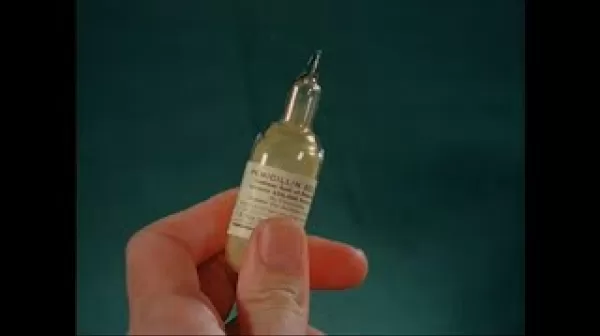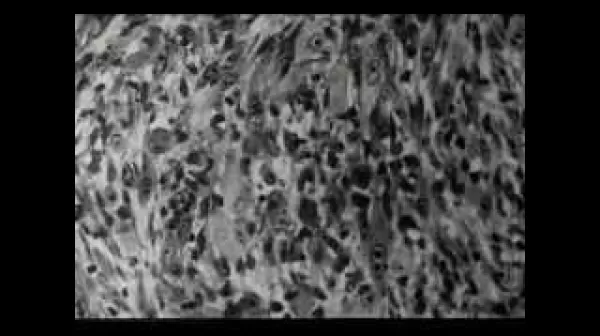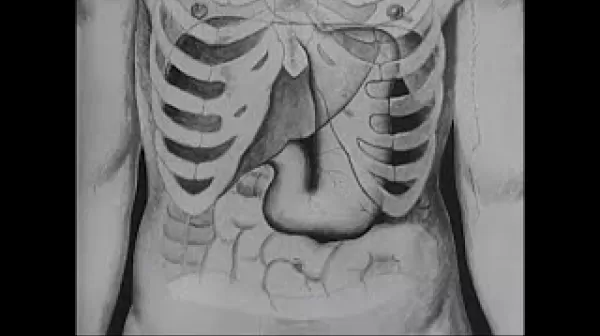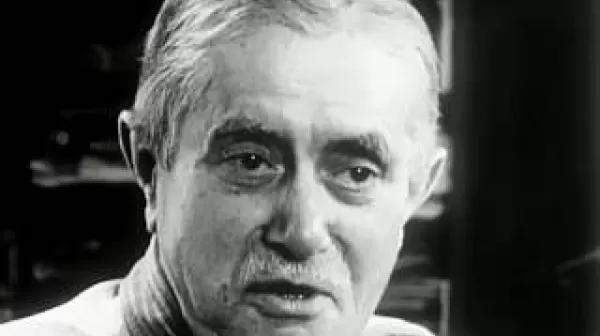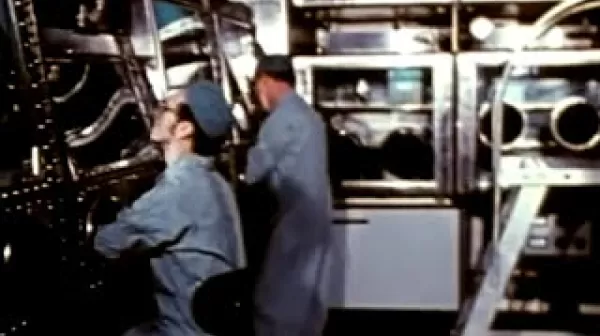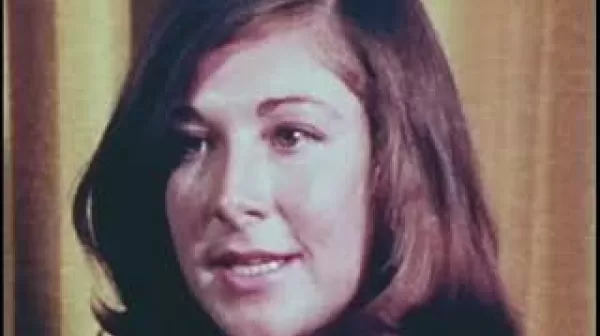Multiple Screening (Communication Materials Center, 1950)
This film promotes the concept of multiple screening. The narrator first explains that Americans in the 1800s had many health concerns, but modern medicine has alleviated many problems and life expectancy has risen. Still, blood pressure, obesity, heart and kidney problems, tuberculosis, and syphilis are persistent problems. Early detection can fix them. The narrator introduces the concept of multiple screening, in which blood and urine samples, x-rays, and other testing methods can be used to screen for several different diseases rather than just one.

